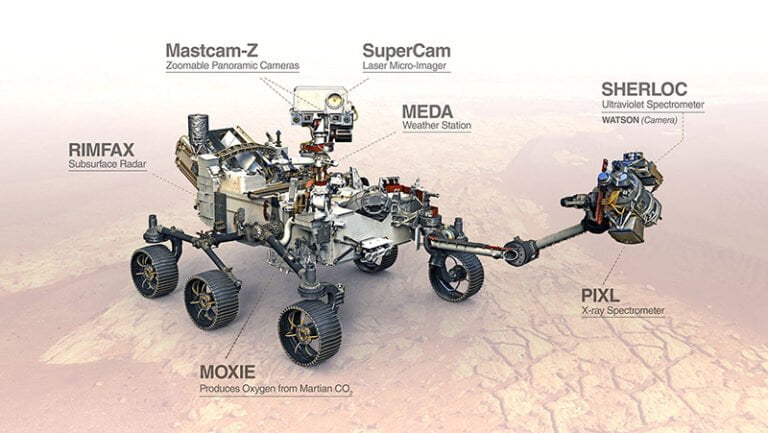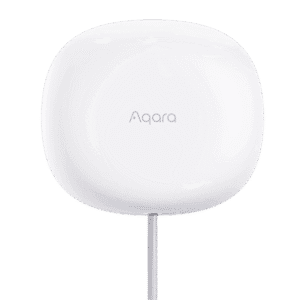Zigbee goes extraterrestrial

When NASA launched the Perseverance rover on the 30th of July, 2020 it landed 233 days later, on 18th of February, 2021, on Mars in the Jezero Crater with the purpose of seeking signs of ancient life and collecting samples of rock and regolith (broken rock and soil) for possible return to Earth. The rover needed a convenient communications protocol to the Ingenuity drone and be able to send this data to NASA’s orbiters around Mars, and in turn relay them back to the Deep Space Network (DSN) antennas on Earth.
ZigBee fit the purpose perfectly! Both the Perseverance rover and the Ingenuity drone are equipped with 900MHz ZigBee radio chipsets, which enables them to communicate of distances of up to 1km.
Why NASA choose ZigBee?
The Perseverance rover is powered through something called multi-mission radioisotope thermoelectric generation (MMRTG), which is a system that consists of thermoelectric generators places near a radioactive decaying piece of plutonium-238.
As the plutonium undergoes decay, it releases a substantial amount of heat as a byproduct. The generators in turn, convert this heat to electricity thanks to the Seekback effect. The rover is also equipped with two lithium-ion batteries for using peak power when needed.
Nevertheless, NASA needed a lightweight communications protocol, that conserved power, was capable of sending data through really extreme environments and at a great distance, which was possible thanks to Mars’s light atmosphere. Again, ZigBee fit the purpose perfectly!
Tobin Richardson, the CEO of the CSA (Connectivity Standards Alliance, previously The ZigBee Alliance) stated in an interview for zdnet.com:
Zigbee is the way to go. And, and I will defer kindly to them and let them explain that, but from my perspective, I think we’re making a lot of sense for them as the low power component to this with the low data rate. Looking at really extreme environments, like Mars, it’s good to have a very lightweight purpose-built standard. So it was built up from that perspective, where it’s essential to get the basic information across and makes it possible for extended battery usage for those kinds of applications on Mars.
Tobin Richardson
CEO of CSA
Summary
The Perseverance rover has been on Mars a little over a year (368 days) and so far, has transmitted over 50GB worth of data with over 100.000 images, all thanks to ZigBee.
After hearing and reading about Matter becoming the standard communication protocol for smart homes and interconnectivity between devices, we wonder, is ZigBee on it’s way out?
Are we ready to retire and replace ZigBee? Well, not quite. Companies that have pledged themselves to Matter have promised to push OTA updates to their already existing ZigBee hubs and devices and enable them to communicate seamlessly with new matter-enabled gadgets that are expected to appear on the market. An example is Aqara, which will push software updates to their M2 and M1s hubs when Matter starts becoming mainstream.
After all, if its good enough for NASA, its good enough for our smart homes, right?










